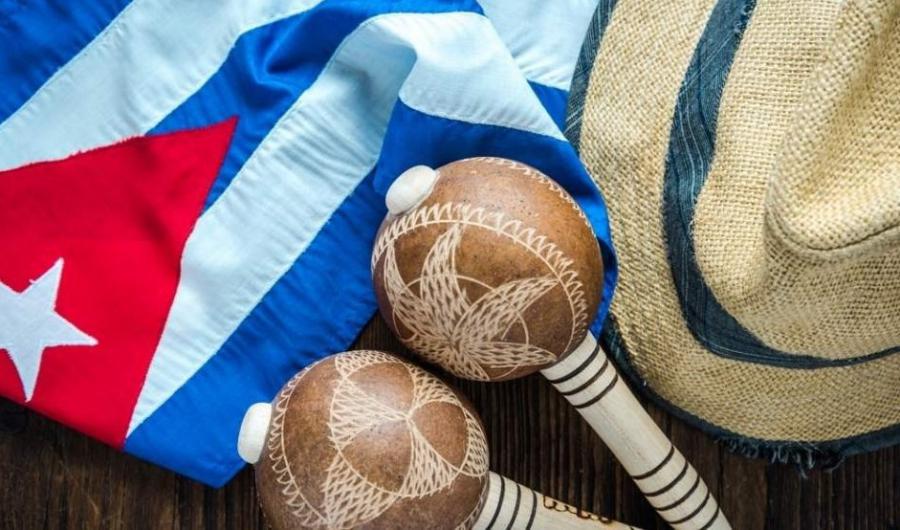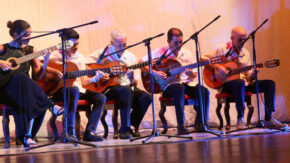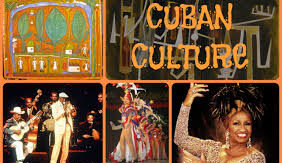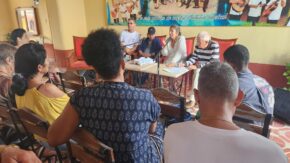Five Iconic Moments in Cuban Culture

Cuban culture, vibrant, hybrid, and constantly evolving, has been shaped by centuries of history, resilience, and creativity. From music and literature to the visual arts and thought, the soul of Cuba has been forged in decisive moments that have not only impacted the nation but have resonated far beyond our borders.
Radio Sancti Spíritus highlights five momentous moments that have left an indelible mark on the country’s cultural identity.
The Publication of Mirror of Patience (1608)
Considered the first literary work written in Cuba, Mirror of Patience, by the Canary Islander Silvestre de Balboa, marks the beginning of literature on the island. Composed in the town of Santa María del Puerto del Príncipe (now Camagüey), this epic work narrates the capture of Bishop Don Juan de las Cabezas Altamirano by a French privateer and his subsequent rescue by the local inhabitants, including the slave Salvador Golomón. Beyond its literary value, Mirror of Patience reflects the early development of an emerging Cuban identity, with the participation of different social groups in a shared act of resistance.
The Birth of Cuban Son
In the late 19th and early 20th centuries, a musical genre emerged in the eastern regions of the country that would forever change the island’s sonic landscape: the Cuban son. This fusion of African rhythms and Hispanic melodies emerged as a popular expression of the working classes, but soon conquered national and international stages. With exponents such as Miguel Matamoros, Ignacio Piñeiro, and, later, Arsenio Rodríguez, the son transcended its context to become a symbol of national identity. Its influence underpinned other subsequent genres and has been a cornerstone of Cuba’s sonic heritage.
The Publication of Versos Sencillos (1891)
In 1891, José Martí presented to the world his work Versos Sencillos, a collection of poems that merge his literary sensibility and profound political commitment. In these verses, written in exile, Martí achieves a masterful synthesis of formal beauty and emancipatory thought. More than a literary work, Versos Sencillos has been a permanent source of inspiration for artists, educators and patriots.
The Founding of Casa de las Américas (1959)
Following the triumph of the Cuban Revolution, the new political context fostered a revitalization of national culture. Within this framework, the founding of Casa de las Américas in April 1959, under the direction of Haydée Santamaría, became a key milestone for the promotion of Latin American and Caribbean thought and art. Casa de las Américas has not only published one of the continent’s most influential cultural magazines but also served as a space for dialogue and promotion of literature, music, theater, and the visual arts of the region. Its Literary Prize has helped consolidate the careers of important writers and strengthen ties between Latin American nations.
The Rise of Cuban Cinema and the Founding of ICAIC (1959)
That same year, 1959, the Cuban Institute of Cinematographic Art and Industry (ICAIC) was founded, a step that transformed cinema into a pedagogical and artistic tool at the service of the people. Films such as Memories of Underdevelopment (1968), Lucía (1968), and the ICAIC newsreels sparked a visual revolution that placed Cuba on the international map of art-house cinema. Beyond its artistic achievements, the ICAIC has been a training institution for generations of creators and viewers, consolidating cinema as an essential part of the Cuban collective imagination.


